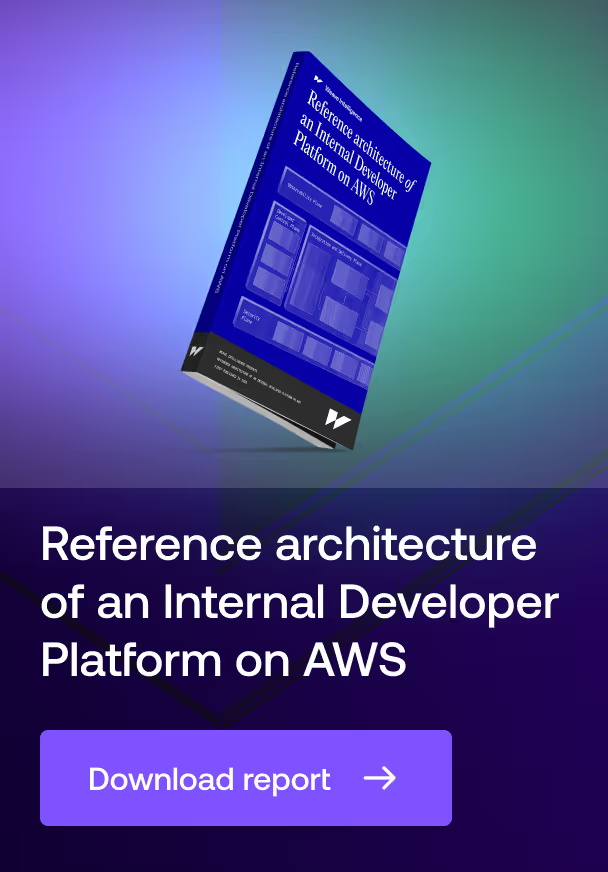Profile
Kubermatic Kubernetes Platform is an enterprise-grade multi-cluster management solution that automates the lifecycle of Kubernetes deployments across diverse infrastructure environments. The platform enables centralized control of thousands of clusters spanning public clouds, private data centers, and edge locations through a unified management layer. Built on Kubernetes-native principles using operators and custom resources, it provides comprehensive cluster lifecycle automation, policy enforcement, and monitoring capabilities while maintaining strong commitment to open-source through its Apache 2.0 licensed Community Edition.
Focus
Kubermatic addresses the fundamental challenge of managing Kubernetes at scale across heterogeneous environments. The platform eliminates the operational complexity of maintaining consistent configurations, security policies, and governance controls across distributed cluster populations. It serves platform engineering teams who need to provide standardized, self-service Kubernetes infrastructure while maintaining operational control. Key use cases include multi-cloud orchestration, edge computing deployments, and hybrid cloud architectures where organizations require unified management across diverse infrastructure platforms while avoiding vendor lock-in.
Background
Founded in Hamburg, Germany in 2016 as Loodse before rebranding to Kubermatic, the platform emerged from its founders' vision to simplify Kubernetes operations at scale. The company transitioned to an open-core model in 2020, releasing the Community Edition under Apache 2.0 license while maintaining an Enterprise Edition for advanced capabilities. The platform has achieved significant production adoption, including deployments at Lufthansa, Bosch, and Siemens. Development remains actively maintained by the founding team with venture capital backing, while maintaining significant contributions to upstream Kubernetes.
Main features
Multi-cluster lifecycle automation
The platform implements a sophisticated three-tier architecture consisting of master clusters, seed clusters, and user clusters to enable efficient management of large cluster populations. This architecture allows a single seed cluster to host control planes for up to 6,000 user clusters, providing remarkable operational density. The system uses Kubernetes operators to automate the complete cluster lifecycle, from initial provisioning through ongoing maintenance and eventual decommissioning. This automation includes intelligent upgrade orchestration that considers dependencies and maintenance windows while providing automatic rollback capabilities if issues are detected.
Infrastructure-agnostic management layer
The platform provides consistent management capabilities across all major public cloud providers, on-premises infrastructure, and edge environments through a unified control plane. It achieves this through deep integration with provider-specific APIs while abstracting away underlying differences, enabling workload mobility and avoiding vendor lock-in. The system can automatically provision and configure required infrastructure components including networks, storage, and load balancers across environments including AWS, Azure, Google Cloud, VMware vSphere, OpenStack, and bare metal deployments through Tinkerbell integration.
Policy-driven governance and security
The platform implements comprehensive policy management capabilities that enable consistent governance across distributed environments. Organizations can define and enforce policies at multiple levels, from global platform-wide controls to project-specific requirements. The system integrates with existing identity providers through OpenID Connect, enabling enterprises to leverage existing authentication infrastructure while implementing role-based access control across the platform. Built-in monitoring and logging capabilities provide centralized visibility into cluster health and compliance status across all managed environments.






